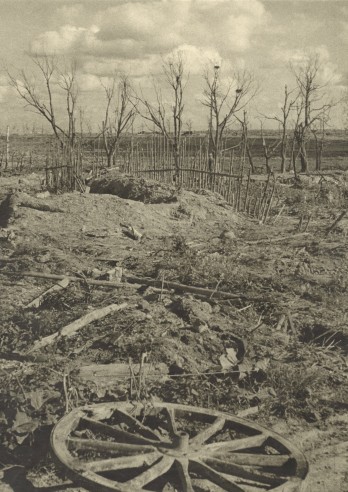
Nailya Alexander Gallery is pleased to present The Image of a Woman in Soviet Russia: 1920s-1940s, an online exhibition that provides a window into the role of women in the newly-formed Soviet society.
The Bolshevik Revolution led to widespread calls for equality between the sexes and for women to participate in political, economic, and social life with the same status and opportunities as men. The Image of a Woman in Soviet Russia includes prints that celebrate women of all ages – from a young student to Aleksandr Rodchenko’s elderly mother – and from a wide range of roles and professions – from artists to athletes, and from laborers to war heroes. A mélange of portraiture, propaganda, and personal photography, the exhibition captures the awe, admiration, and conflicting emotions with which male photographers viewed the women around them, many of whose accomplishments mirrored or rivaled their own. The hopefulness of the 1920s is palpable in two prints by Alexander Grinberg, which show a dancer and an actress in moments of joy, in full command of their abilities. Meanwhile, the vigor and bravery of the new Soviet woman is portrayed in photographs of Pasha Angelina, internationally famous in her lifetime as the first female tractor driver in the USSR and seated next to Joseph Stalin at a Congress of the Young Communist League in the Kremlin; the young female pilots who defended Moscow and Leningrad during the war, one of whom, Valentina Grizodubova, set seven world records and went on to serve as the only female member of the national panel to investigate Nazi war crimes in the USSR; and Muza Malinovskaya, one of the first female parachuters in the Soviet Union, who set a world record in 1935 by jumping from a height of more than 7,000 meters.
The role of the Soviet woman as muse was filled most famously by Lilya Brik, shown in this exhibition through the eyes of both Rodchenko and Abram Shterenberg in the mid-1920s; in the former’s photograph, she seems the very image of a liberated woman, in modern attire and with her hands at her hips. A more novel role – the Soviet woman as an artist – is depicted here in Boris Ignatovich’s portrait of Vera Mukhina, one of the most prominent sculptors in the Soviet Union, seated before her famous sculpture Worker and Kolkhoz Woman, which crowned the Soviet Pavilion at the 1937 World’s Fair in Paris. Other images of women show their subjects generalized as model of an ideal woman or as aspirational icons – a young woman lounging in an inner tube on the Black Sea, photographed by filmmaker Roman Karmen in the late 1920s; a Mongolian fisher-woman smoking a pipe; a smiling young girl selling cigarettes, photographed for the pages of the news journal Krasnaya Niva [Red Field].
“The early Communist vision of women’s equality and liberation – where women would be able to work in any profession and communal institutions would take responsibility for childrearing and housekeeping – was never fully realized,” writes Katie McElvanney, Curator of Slavonic and East European Collections at The British Library. The Image of a Woman shows the power of this vision, which captivated male photographers, and, indeed, the whole of Soviet Russia in the mid-twentieth century.